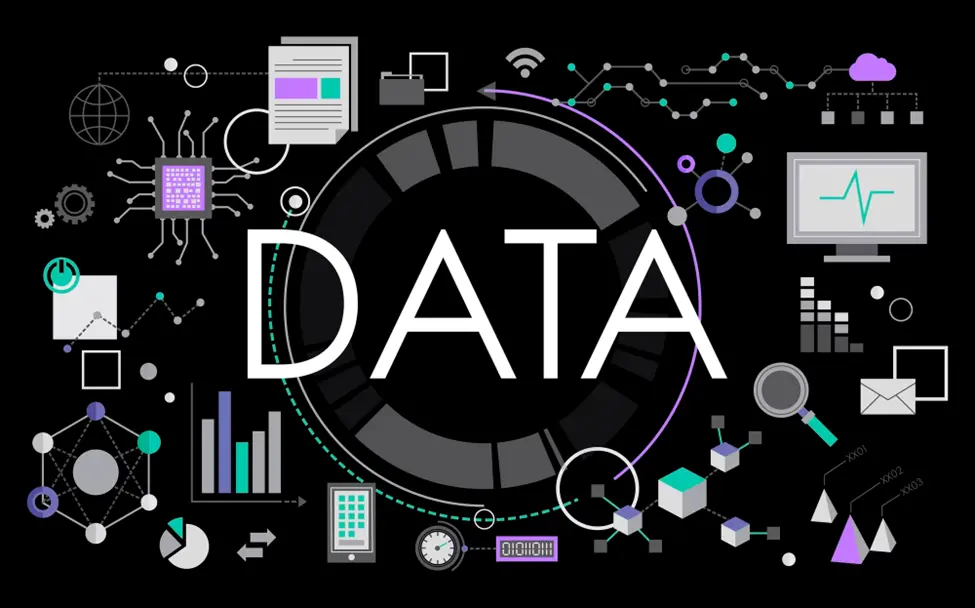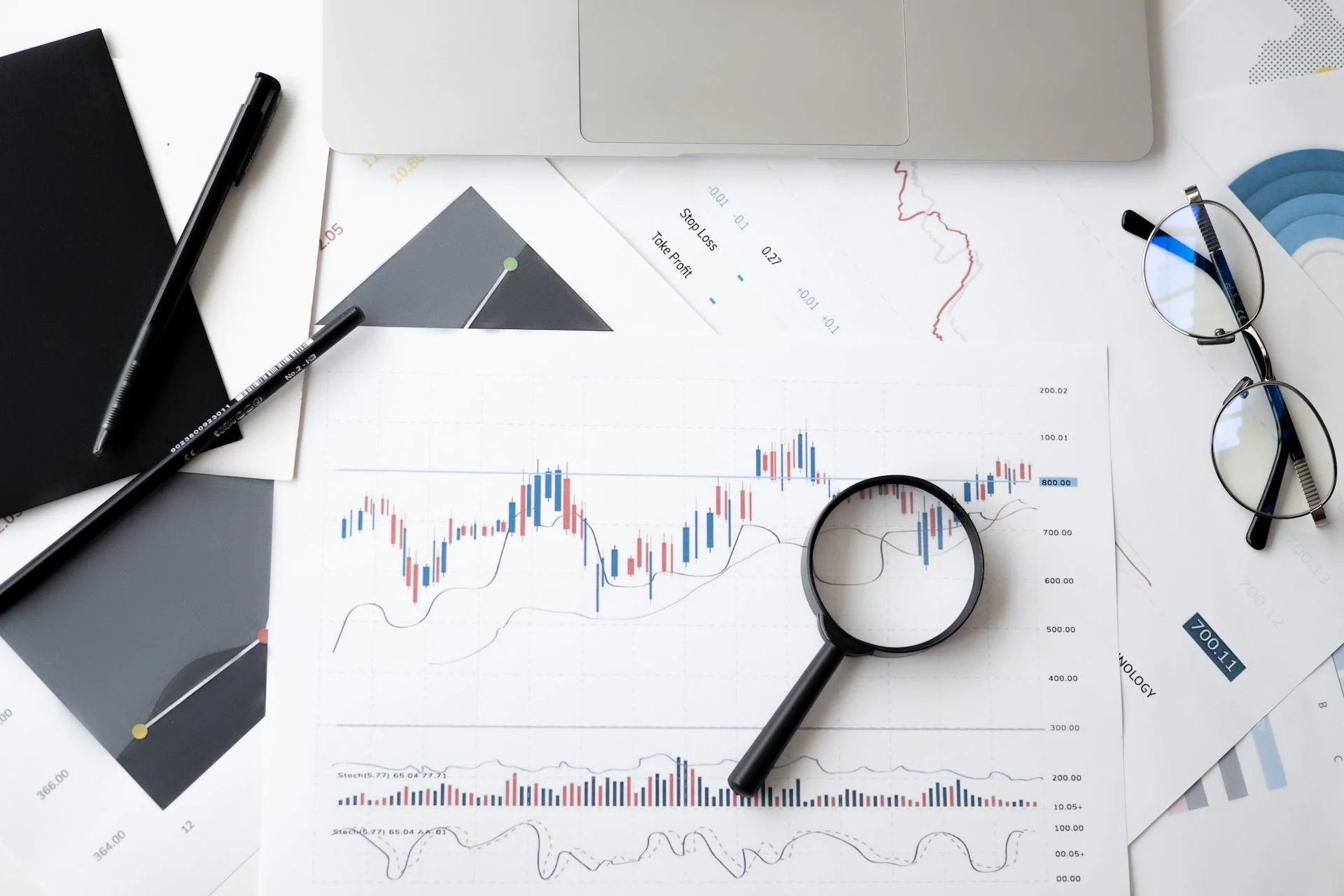Your business might collect tons of raw information every day. Sure, it’s valuable, but it may also be messy and hard to make sense of. You’d need to do data ingestion and transformation to turn it into insights you can actually use.
So, how does one define data transformation in data mining? Why should you care about it? In this article, we’re going to break it all down for you. We’ll explore what data transformation means, how it works, and why it could help you make smarter business decisions.
What is data transformation in data mining?
In its essence, data transformation is the process of converting raw, unorganized data into a more structured format. You take the messy data and turn it into something you can actually work with. Then, you can download it into analytical software, use it for a presentation, or utilize it in any other way.
When it comes to data mining, data transformation takes on an even more critical role. The thing is that data mining is all about collecting information from large sets of data. But here’s the catch. This data usually comes from disparate sources and in various formats—text files, spreadsheets, databases, or real-time feeds. So, data transformation in data mining allows you to convert these mismatched data types into a single, unified format. This makes your data analysis not just easier but also way more reliable.
Why is data transformation necessary?
Here’s a deal. Data transformation is not about making your data look good. Most importantly, it’s about making it work for you. But what are you signing up for if you skip data transformation in your business?
First off, having tons of data is great, but it’s not very useful if it’s faulty. If you’re not careful, you could end up making decisions that set you back.
Second, you might have the best analyst team ever. But without structured data, they’ll be spending hours, if not days, sifting through the mess. That’s time they could’ve spent on more productive tasks, don’t you think so?
Also, you’ve got data coming in from all over the place—customer surveys, sales figures, social media, you name it. If you don’t transform this data into a common format, you’re basically trying to compare apples and oranges. Good luck getting any meaningful insights from that.
Finally, new business opportunities come and go in the blink of an eye. If you’re stuck wrestling with messy data, you’re likely to miss out on those brilliant chances. How would you feel watching your competitor snag that market opportunity just because you were too slow to act? Frustrating, isn’t it?

Benefits of data transformation in data mining
You wouldn’t build a house without a solid foundation, would you? Similarly, you can’t expect to make sound business decisions without a stable base of clean, organized data. Data transformation is that essential foundation. So, what does it have for you?
- Clear insights. When your data is clean and consistent, your analytics tools can do their job way better. This way, you can make decisions you can stand by.
- Time-saver. How long does it take for your analysts to prepare data for analysis? We guess it’s pretty a lot of time. Data transformation is an automated process usually run by a third-party provider. This means you free up the time of your analytical team for more meaningful tasks.
- Data consistency. Get data from different departments or even different companies? No problem. With variable transformation in data mining, you’ll effortlessly combine datasets for richer, more comprehensive analysis.
- Risk mitigation. When your data is neat and tidy, it’s easier to comply with legal regulations. This means fewer sleepless nights worrying about potential fines or, worse, lawsuits.
- Enhanced data quality. Let’s face it, not all data is created equal. Data transformation helps you weed out the irrelevant stuff, leaving you with high-quality data that’s worth its weight in gold.
Data transformation techniques in data mining
How do you actually do data transformation? There are several tried-and-true techniques to bring your information into order.
Normalization
Do you have to deal with data spanning different units, scales, or ranges? Normalization will help you scale down numerical data to a standard range. This makes it way easier to compare apples to apples. There are a few common data transformation methods in data mining for normalization:
- Min-max scaling. This is the most straightforward method. You take the smallest and largest values in your dataset and use them to rescale everything else.
- Z-score normalization. Here, you transform your data based on the mean and standard deviation. This is particularly useful when your data follows a normal distribution.
- Decimal scaling. This involves shifting the decimal point of each data value. It’s less commonly used but can be handy when you’re dealing with really large or really small numbers.
Aggregation
Let’s face it, nobody wants to wade through a sea of numbers. Aggregation simplifies your data, making it easier to understand and act upon. So, with this technique, you take a great amount of detailed data points and summarize them into a more digestible form. It’s a way to zoom out and see the bigger picture. Aggregation can take many forms, such as:
- Summation. You simply add up a set of numbers. It’s great for things like total sales, total users, or total anything.
- Average. Want to know the typical value of a dataset? Averaging gives you just that. It’s commonly used for things like customer ratings, employee performance scores, or monthly expenses.
- Count. Sometimes you just need to know how many. You should apply it for things like the number of transactions, active users, or products in stock.
- Max/min. These functions help you find the highest or lowest value in a dataset. Useful for identifying peak performance days, lowest sales months, or any other extreme values.
- Grouping. This involves categorizing data based on common attributes, like grouping sales data by region or customer feedback by age group.

Cleaning
You have probably heard of cleaning, also known as data cleansing. It’s the process of identifying and correcting errors, inconsistencies, and inaccuracies in your dataset. Because if your data is riddled with errors, any analysis you perform will be flawed. So, here’s how you can get the job done:
- Removing duplicates. This is data cleaning 101 as duplicate records can give you a false sense of what’s happening.
- Handling missing values. Sometimes, data is just missing. You have a few options here: you can either remove these records, fill in the gaps with estimated values, or use statistical methods to impute the missing data.
- Outlier detection. Outliers are those extreme values that don’t seem to belong. They can be genuine anomalies or errors.
- Standardization. This involves making sure all your data follows the same format. For example, ensuring that all dates are in the same format (DD/MM/YYYY vs. MM/DD/YYYY) or that all currency values are in the same unit.
- Validation. This is the final quality check. You’re confirming that your data meets certain criteria or rules. For instance, an age field shouldn’t contain a value like 150, and an email field should contain a valid email format.
Integration
With data coming from all corners of your business, it’s easy to get lost in the details. Data integration and transformation in data mining orchestrate these disparate elements into a cohesive, unified dataset. This way, giving you a 360-degree view of different aspects of your business. You can approach implementing this technique in several ways:
- Batch integration. This is the most traditional method, where data from different sources is collected and integrated at regular intervals.
- Real-time integration. As new data comes in, it’s immediately integrated into your main dataset.
- API-based integration. This involves using Application Programming Interfaces (APIs) to pull data from different platforms directly. It’s a more technical approach but offers a lot of flexibility.
- Data warehousing. Here, you store all your data in a central repository, making it easier to manage, analyze, and secure.
- Data lakes. These are storage repositories that hold raw data in its native format until it’s needed.
Final word
If you have tons of information but can’t use it in its current form, data transformation is your choice to go. It will turn your raw, unstructured data into a refined, usable asset. But you need the right tools, the right techniques, and the right expertise to make things work.
Nannostomus is an experienced data scraping and transformation provider. We don’t just collect data. Our team does its best to ensure you drive growth, innovation, and success with impactful insights. Contact Nannostomus today, and let’s transform your data into your most valuable asset.




